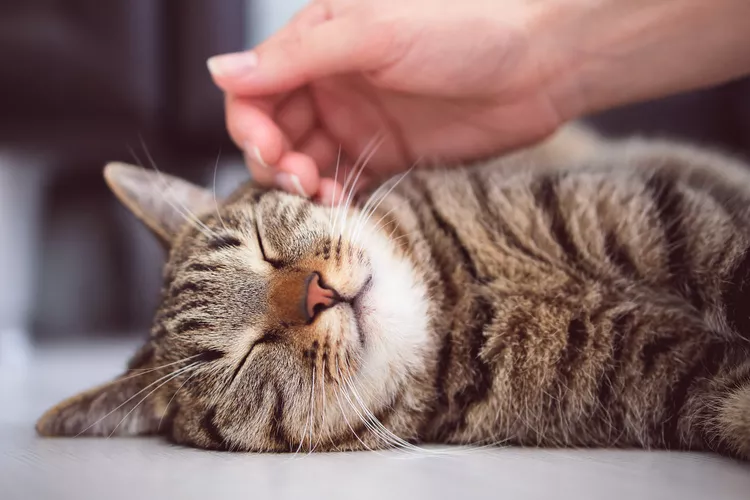
Many cats enjoy the feeling of being pet by people, a fact that pleases cat lovers everywhere. It is well known that petting cats can reduce stress and even lower blood pressure in humans, and it may also reduce stress in some cats. Of course, some cats dislike petting and will hiss, growl, swat, or bite when someone tries to pet them. There are several reasons cats can be so opinionated about petting.
Most cats are relatively social animals that communicate with other cats by nuzzling, rubbing, and grooming one another. These actions send pheromones to other cats that help them identify each other and communicate. Cats prefer to communicate with humans on their own terms. They know we are not cats, but they sometimes communicate with us as if we were.
Many cats' love of physical touch comes from kittenhood. Mother cats lick and groom their kittens to nurture them and keep them clean. The love hormone oxytocin surges in the mother and kittens during these actions, making the experience pleasant and comforting. Petting from humans mimics the sensation of being groomed and can provide the same pleasurable experience.
Bunting (nuzzling and rubbing on you) is one way cats show love to you. Petting is a way to return that love. Cats also enjoy petting because it feels really good to them. However, some cats prefer to be pet very little or at all.
Some cats resist handling of any kind, including petting. This may simply be a personal preference for some cats. In other cases, it may mean the cat was orphaned at a young age or was not socialized with other cats or humans. Feral cats avoid human interaction entirely because they were raised in cat colonies that involve little to no interaction with humans. They learn to fear and avoid humans. Some feral cats can become domesticated enough to live with humans, but they may never accept petting.
Some cats may seem fickle. One second, they act like they are enjoying petting, and the next second they are hissing, growling, swatting, or snapping. One possible reason is that the cat may not like the specific area being pet. Often, it means the cat has reached a threshold for petting. Experts call this overstimulation aggression or petting-induced aggression.
There are right and wrong ways to pet a cat, but it ultimately depends on the needs and wants of the specific cat. Many cats tolerate or enjoy petting from trusted people but resist petting from strangers. This is because it requires a certain level of trust for a cat to feel safe in a vulnerable position.
Allow the cat to sniff you and watch you before you attempt to pet them. Sitting down is a good way to show you are not a threat. Keep your hands relaxed near the cat's level, but don't reach out too close to the cat. The cat may rub or nuzzle your hand, a sign that they may tolerate gentle petting.
All cats are different, but there are a few general guidelines when it comes to petting locations. Cats seem most comfortable with gentle pets on the sides of the face. They may even push against you in response if they are enjoying the attention. You can slowly move your head along the sides of the neck and shoulders. Many cats will move to guide you to where they want to be pet. If the cat knows you and trusts you, they may enjoy being petted along their back and along the tail.
Cats are typically less tolerant to strangers petting them along the back, so avoid this if you are not closely bonded with the cat. While petting cats, watch for communication signals and body language. Stop petting the cat if they become tense or arch their back away from you. When in doubt, stop what you are doing and let the cat make the next move.
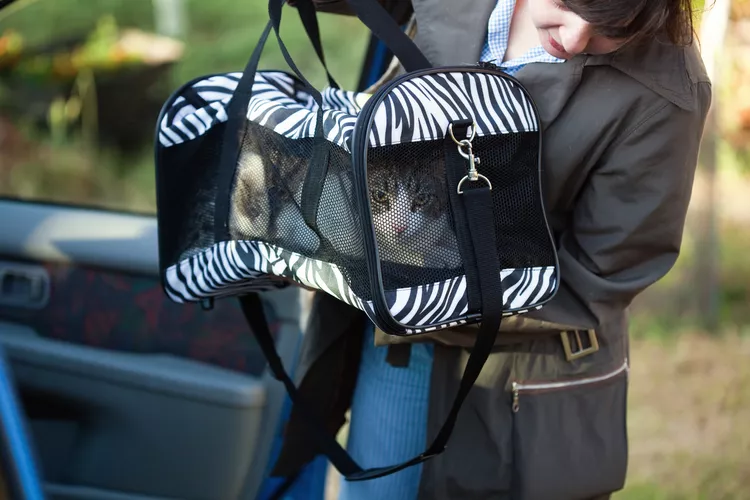
How to Take a Car Trip With Your Cat
Think you can't travel with your cat? Think again! Traveling with your cat just takes a little preparation and planning. Here's how.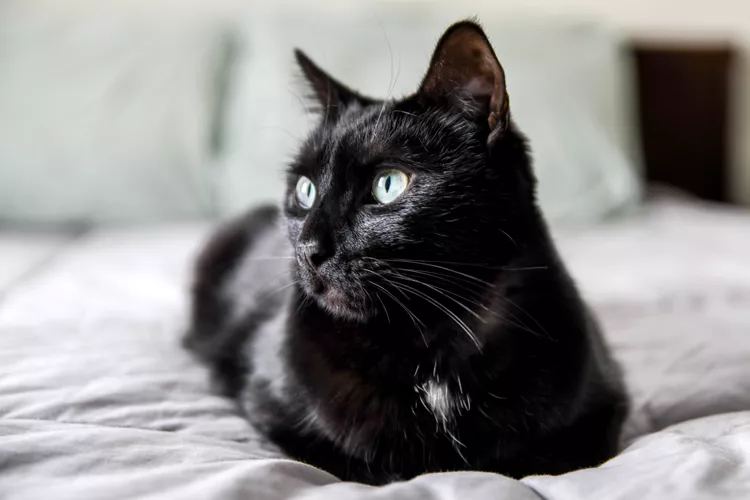
How to Determine Your Cat's Age
Determining the age of an adopted cat is just guesswork, but a vet can look at teeth, sexual maturity, fur coat, and eyes to estimate.
Cat Food Ingredients to Avoid
When checking the nutrition content of cat food, look for ingredients that are not healthy or show it is of poor quality. Avoid these 3 ingredients.
What You Need to Know About Homemade Cat Food
If you want to cook for your cat, make sure to read about the risks associated with homemade diets for cats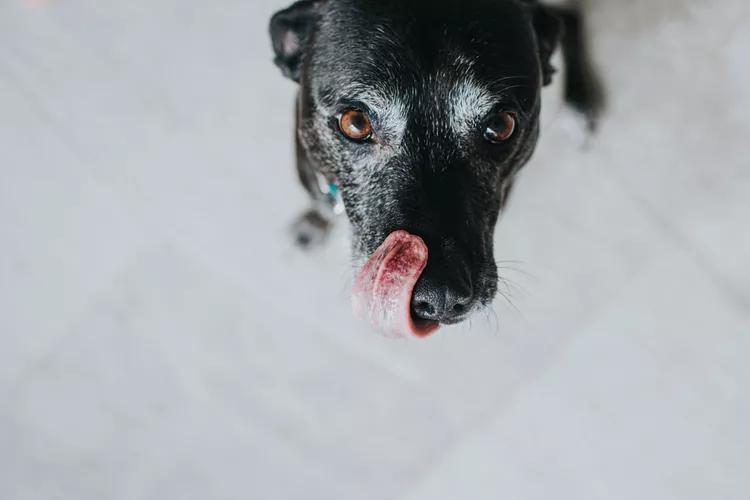
Can Dogs Eat Raw Chicken Feet?
What are the potential health benefits of chicken feet for dogs? What are the risks?
Macadamia Nuts and other Nuts That Are Toxic to Dogs
Find out why macadamia and other nuts are poisonous to dogs, what signs to look for, and what is needed to treat the toxicity.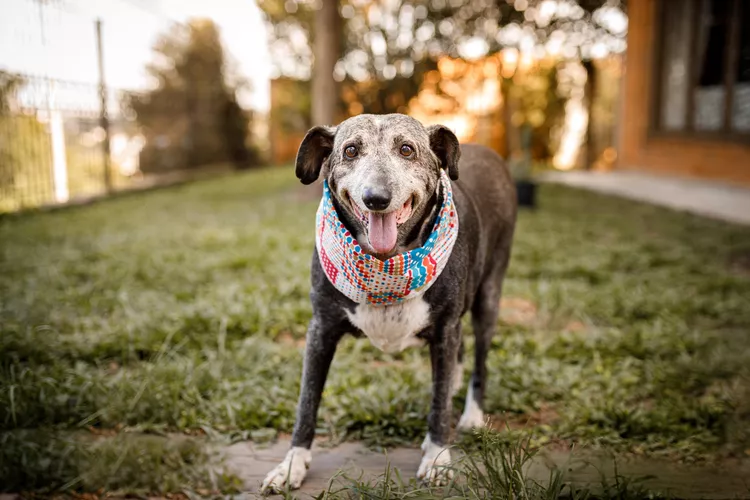
10 Tips for Taking Care of a Senior Dog
Is your dog a senior? Changes to their diet, exercise, and care are required. Here's how to make sure they're living their best and healthiest life.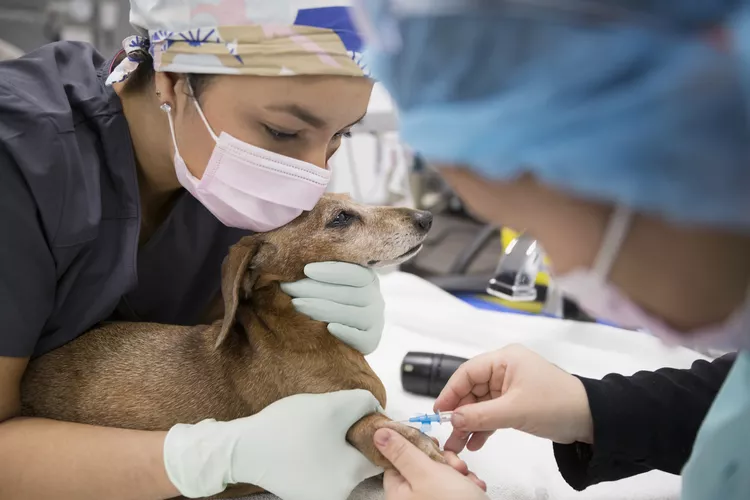
Hookworms in Dogs
Hookworms can make a dog uncomfortable but may also lead to serious blood loss and anemia. Learn the causes, treatment, and prevention.
Is Swiffer WetJet Safe to Use Around My Pet?
ASPCA toxicologists deemed Swiffer WetJet to be safe for use around pets, but there are other all-natural floor cleaning options available.
Can Dogs Eat Bread?
Is bread a safe snack for you dog? Are there kinds of bread you should avoid? Learn more about whether it's okay to feed your dog bread.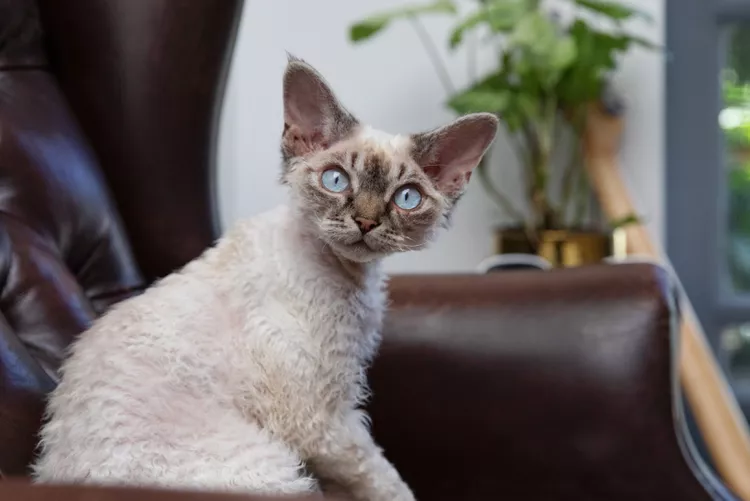
14 Hypoallergenic Cat Breeds for People With Allergies
There are no true hypoallergenic cat breeds. But some, such as the Siamese and Siberian, might be less likely to cause allergies than others.
Burmilla: Cat Breed Profile, Characteristics & Care
The playful and social burmilla is one of the newest cat breeds to be officially recognized by the CFA. Learn about burmilla breed.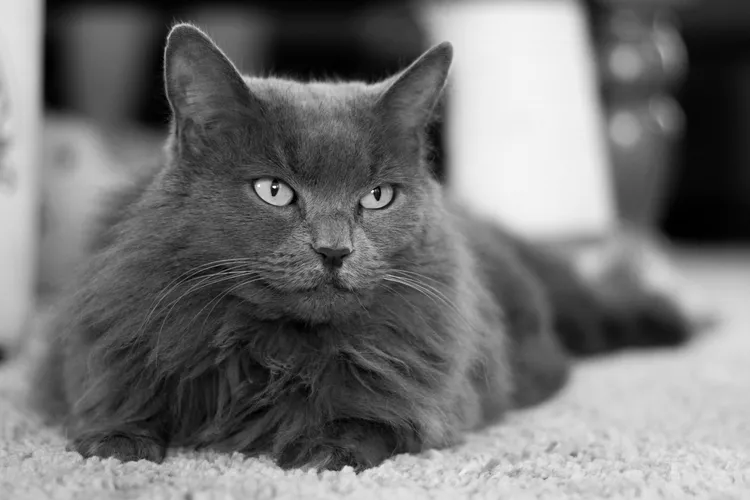
Nebelung: Cat Breed Profile, Characteristics & Care
The Nebelung is a rare breed of domestic cat that’s known for their long gray-blue fur and gorgeous green eyes. Learn about the Nebelung cat breed.
Cymric: Cat Breed Profile, Characteristics & Care
The Cymric, a long-haired Manx, is one of the world's oldest cat breeds. This tailless cat is friendly and playful. Learn about the Cymric breed.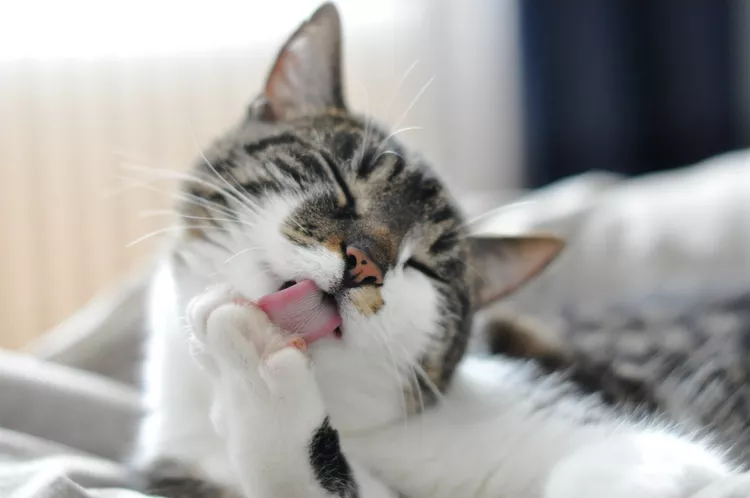
Here's Why Cats Groom Themselves
Learn all about cats' grooming habits: how and why cats groom, including mutual grooming, over-grooming, and displacement grooming!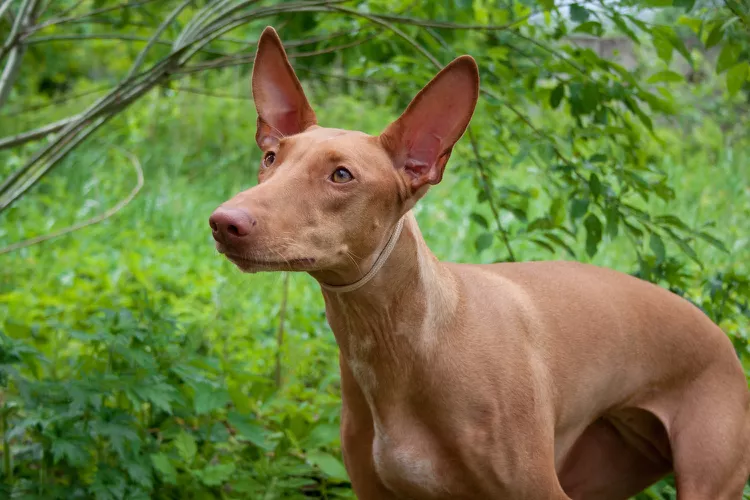
Pharaoh Hound: Dog Breed Characteristics & Care
Learn all about the Pharaoh hound, a sight hound dog breed known for their slim appearance and the ability to blush when excited.
How to Walk Your Dog
Dog walks should be fun for your dog while respecting your community. Learn why walking your dog is important and get essential safety and training tips.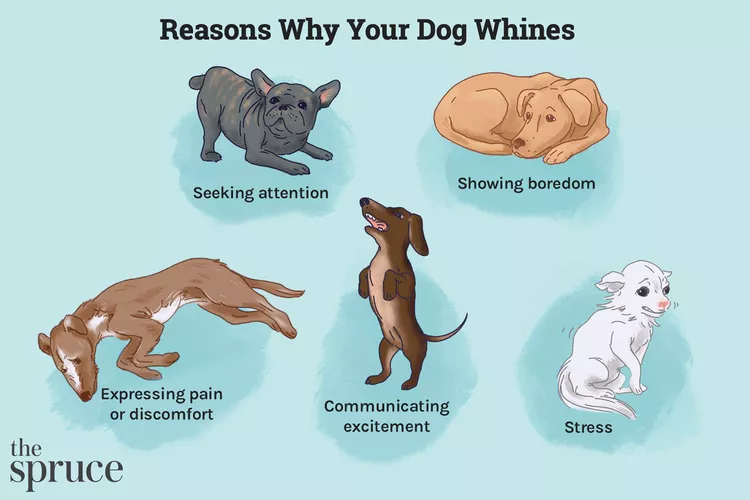
How to Stop Your Dog From Whining
Whining is a natural way for your dog to communicate with you. Explore the reasons dogs whine and how to discourage your dog from whining too much.
How to Stop Your Dog From Barking Excessively
All dogs bark, but excessive barking is a behavior problem. Learn how to help stop excessive barking and prevent it from happening all the time.
How to Train Your Dog to Live With Another Dog
When you add a second dog to your household, it's natural that there will be an adjustment period. Learn how to get two dogs to become acquainted.